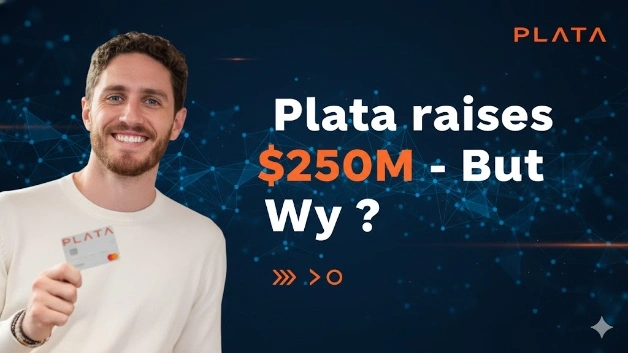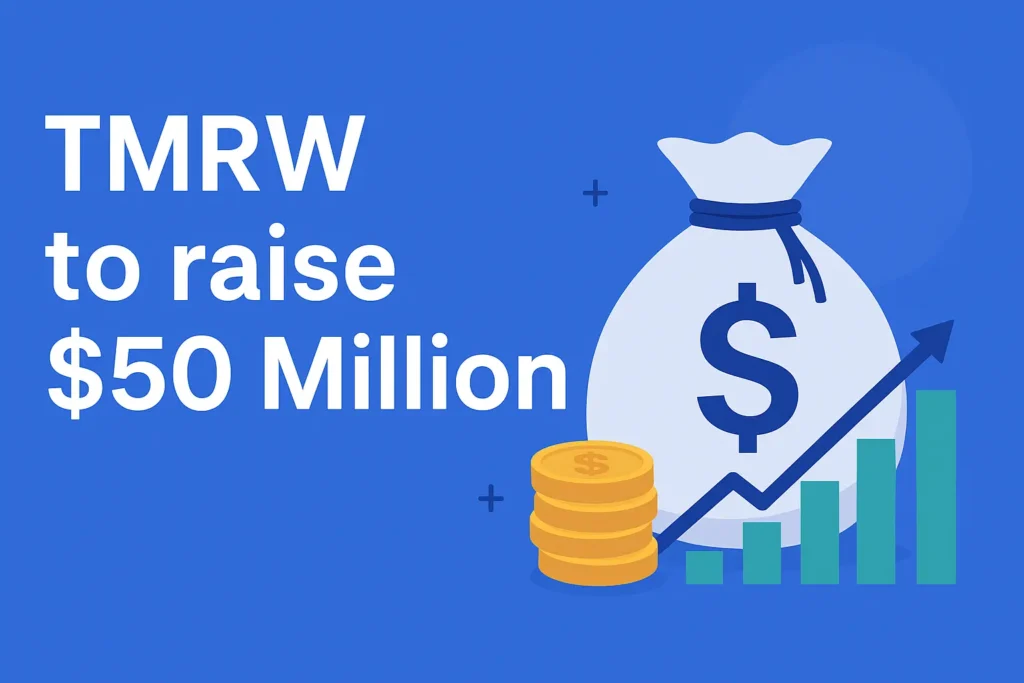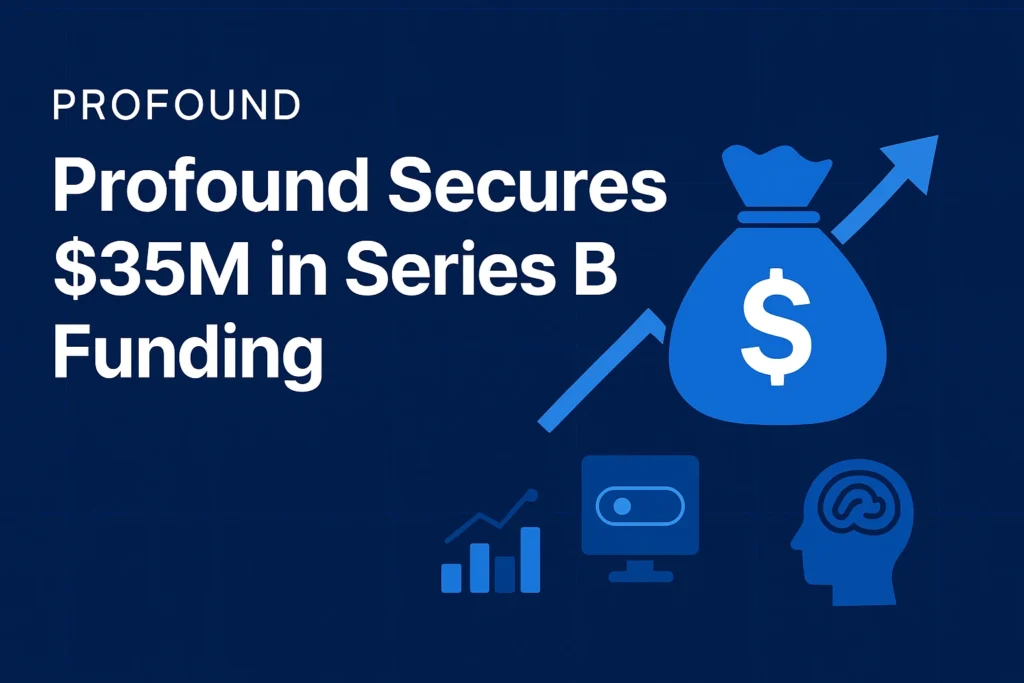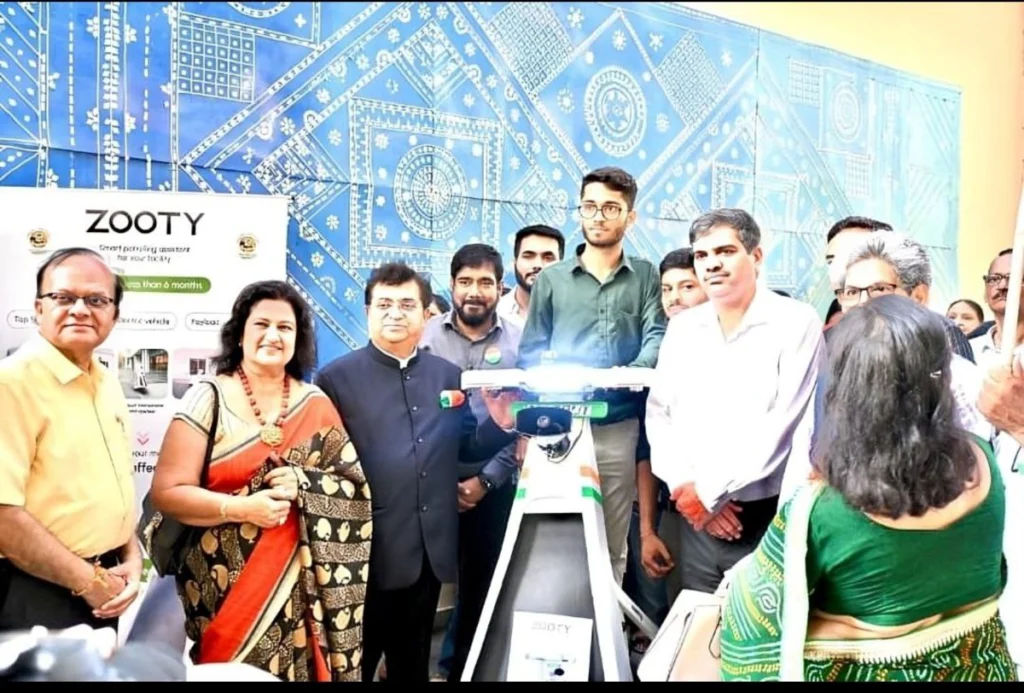Plata, Mexico’s credit-focused fintech, has secured $250 million in Series B funding at a $3.1 billion valuation, led by Kora, Moore Strategic Ventures, and TelevisaUnivision—making it one of the fastest-growing neobanks in Latin American history. But beyond the staggering valuation doubling from $1.5 billion in just seven months, this funding round raises a crucial question: why is a quarter-billion dollars flowing into a two-year-old company in a market already crowded with Nubank, Ualá, and Klar?
The Financial Inclusion Crisis Nobody Else Solved
The answer lies in understanding what’s happening beneath the surface of Mexico’s banking system. Despite being Latin America’s second-largest economy, 63% of Mexican adults—approximately 81 million people—remain unbanked. More remarkably, only 10% of adults have credit cards, creating a massive underserved market that traditional banks have systematically ignored for decades.
Plata includes over one million active credit card users achieved in under two years of operations, positioning itself as the infrastructure layer for credit accessibility that will power Mexico’s next generation of financial inclusion. According to industry research, over 70 million Mexicans currently use fintech services, with projections indicating 86 million users by 2027—growth rates that dwarf traditional banking adoption.
Why Credit Cards Beat Checking Accounts
Plata’s differentiated strategy provides context for its massive valuation trajectory. While competitors like Nubank and Klar entered through low-margin checking accounts, Plata launched with credit cards offering up to 5% cashback and a 60-day payment window. This represents Mexico’s most ambitious project, seeking to compete with established digital banks by targeting the most profitable segment first.
Founded in 2023 by Neri Tollardo and Danil Anisimov—international banking executives with Russian and emerging market experience—Plata remains credit-focused but is expanding rapidly. This technical architecture addresses a critical pain point: most neobanks weren’t purpose-built for credit infrastructure, instead evolving from basic digital checking account platforms that generate minimal revenue per user.
The Banking License Behind $3.1 Billion Valuation
The funding round included participation from existing investors, with Plata having raised $750 million total in combined equity and debt since inception. The involvement of media giant TelevisaUnivision—which typically invests in content and entertainment—signals that fintech has entered the institutional mainstream beyond traditional venture capital.
Industry analysts forecast that Latin America’s fintech market could grow from $71.36 billion in 2024 to $125.88 billion by 2033—a 76% increase driven by smartphone penetration, falling data costs, and government digitalization initiatives. Mexico represents the epicenter of this transformation, with the national digital finance strategy targeting establishment as Latin America’s digital financial hub by 2030.
The AI Underwriting That Changed Everything
Beyond the funding, Plata built proprietary AI-powered, cloud-native core banking infrastructure enabling superior credit decisioning at scale. The company partnered with authentication provider Entersekt, achieving 18% higher transaction success rates versus competitors—translating directly into millions in additional revenue as more transactions complete successfully.
Plata’s technology represents fundamental competitive advantages in risk assessment and operational efficiency. While traditional banks reject millions of applicants lacking formal credit histories, Plata’s AI models evaluate alternative data sources, expanding the addressable market while maintaining strict risk management protocols essential for sustainable growth and investor confidence.
Why This Matters For Latin American Finance
Credit Over Deposits: Credit cards generate substantially higher revenue per user through interchange fees (1.5-3% of transactions), interest income on outstanding balances, and merchant financing arrangements. Modern neobanks prioritize profitable customer relationships over vanity metrics like total account numbers.
Mexico’s Unique Position: Unlike Brazil where Nubank dominates with established infrastructure, Mexico remains fragmented with traditional banks controlling approximately 50% of assets across just three institutions. This concentration creates opportunities for digital disruptors offering superior customer experiences and transparent pricing.
The Answer: Banking License Meets Proven Traction
So why $250 million for Plata? Because the company combines three rare elements that institutional investors value: proven product-market fit with one million users in two years, full banking license enabling comprehensive revenue diversification, and credit-first positioning generating superior unit economics versus commodity checking accounts that barely break even.
The valuation acceleration from $1.5 billion in March 2025 to $3.1 billion in October 2025 validates that we’ve entered the consolidation phase of LATAM digital banking—where banking-licensed, credit-focused platforms command premium valuations. With plans to expand across Latin America including Colombia, over 1,500 employees, and nearly $750 million in total capital, Plata is positioned to capture meaningful share of Mexico’s $3+ billion annual credit market and the broader regional opportunity exceeding $125 billion by 2033.
I’m Araib Khan, an author at Startups Union, where I share insights on entrepreneurship, innovation, and business growth. This role helps me enhance my credibility, connect with professionals, and contribute to impactful ideas within the global startup ecosystem.




